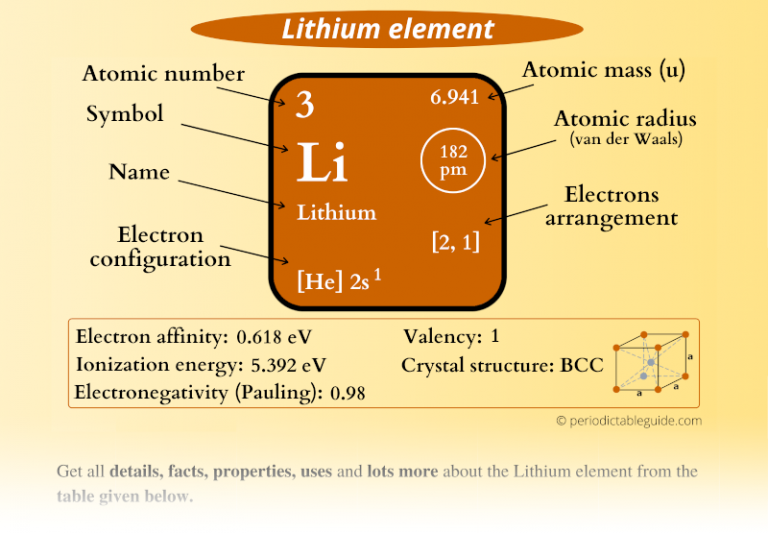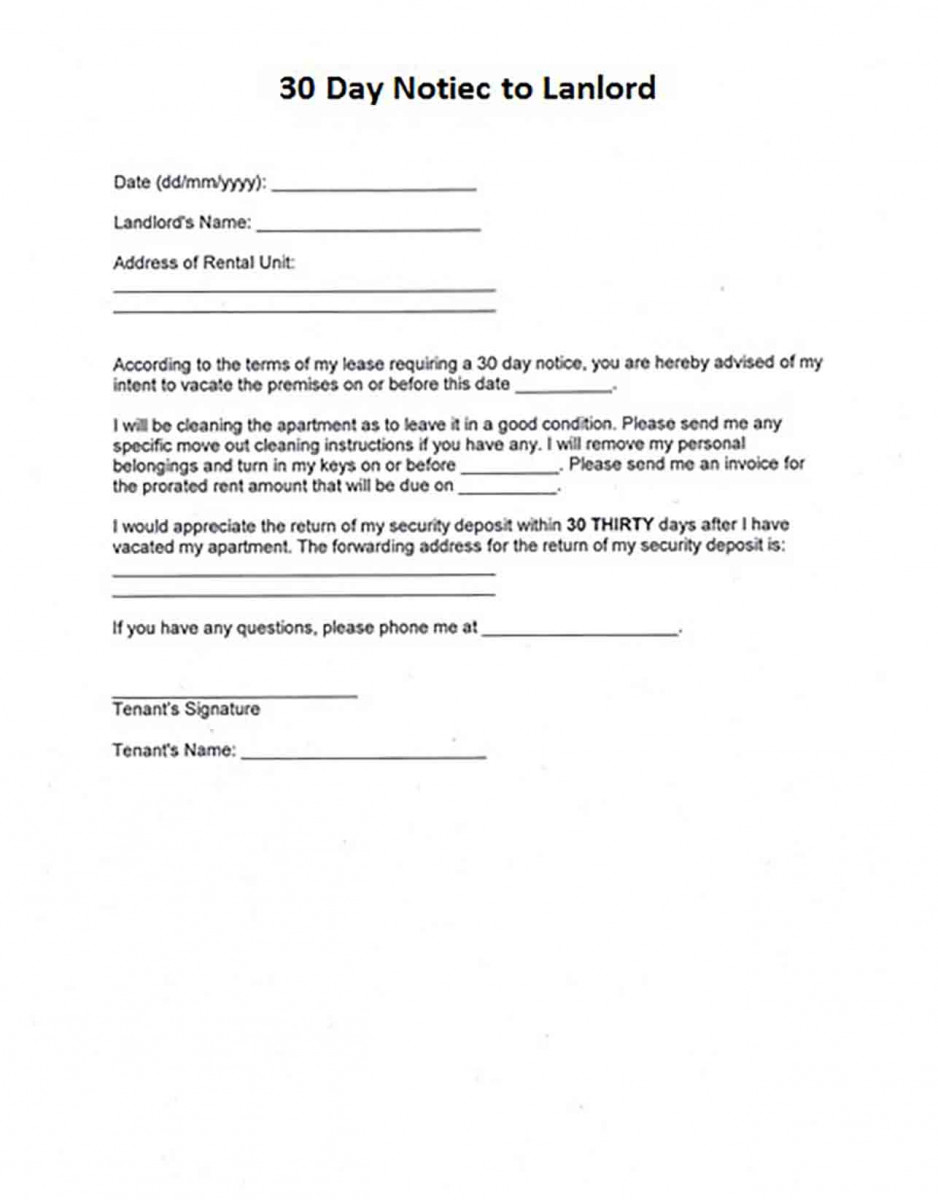20% of 110: A Quick Calculation Guide

Mathematical calculations are an integral part of our daily lives, whether it's budgeting, understanding discounts, or analyzing data. One of the most common operations is finding a percentage of a number, and today, we'll delve into a specific calculation: determining 20% of 110.
Understanding the Basics

Before we dive into the calculation, let’s refresh our understanding of percentages. A percentage is a way of expressing a number as a fraction of 100. It is denoted using the % symbol. When we say 20%, we mean 20 out of 100 parts. In mathematical terms, it can be written as a fraction, 20⁄100, or as a decimal, 0.20.
Now, to find the value of a percentage of a number, we simply multiply the number by the percentage (in decimal form). So, to find 20% of 110, we'll perform the following calculation:
20% of 110 = 0.20 x 110
Step-by-Step Calculation

- Convert the Percentage to Decimal: As mentioned, we need to express 20% as a decimal. So, 20% becomes 0.20.
- Multiply the Number by the Decimal: Now, we multiply 0.20 by 110. This can be done using a calculator or by hand. When we perform this multiplication, we get the result as 22.
Therefore, 20% of 110 is equal to 22.
Real-World Applications
Understanding how to calculate percentages is not just a mathematical exercise; it has practical applications in various fields. For instance, in finance, knowing how to calculate percentages is crucial for investment analysis, budgeting, and understanding loan interest rates.
In retail, percentages are used to calculate discounts and markups, helping businesses set competitive prices and attract customers. In data analysis, percentages are used to compare and interpret data, making it easier to understand trends and make informed decisions.
Further Explorations
While calculating 20% of 110 is a straightforward operation, it opens the door to more complex mathematical concepts. For instance, what if we wanted to find 20% of a larger number, say, 1,100? The process remains the same, but the calculation becomes more precise and requires a higher level of accuracy.
Additionally, understanding percentages can lead to exploring concepts like percent change, which is useful in fields like economics and stock market analysis. Percent change helps determine how much a value has increased or decreased relative to its initial value.
| Number | 20% of the Number |
|---|---|
| 110 | 22 |
| 1,100 | 220 |
| 11,000 | 2,200 |

Conclusion: The Power of Percentages

In our exploration of calculating 20% of 110, we’ve uncovered a fundamental mathematical concept with wide-ranging applications. Percentages are not just abstract mathematical ideas; they are tools that empower us to make sense of the world around us, from financial planning to data interpretation. By understanding and applying these concepts, we can make more informed decisions and navigate the numerical landscape with confidence.
How do I convert a percentage to a decimal for calculations?
+To convert a percentage to a decimal, simply divide the percentage by 100. For example, to convert 20% to a decimal, you would divide 20 by 100, resulting in 0.20.
What is the significance of understanding percentages in real-life scenarios?
+Understanding percentages is crucial in various real-life situations. It helps in financial planning, budget management, and analyzing data. Percentages are used to calculate discounts, interest rates, and even to understand trends in data, making it an essential skill for informed decision-making.
Can percentages be applied to more complex mathematical problems?
+Absolutely! Percentages are a fundamental concept in mathematics and can be applied to more complex problems like percent change, compound interest calculations, and even in advanced statistical analysis. Understanding percentages lays the foundation for more advanced mathematical explorations.



